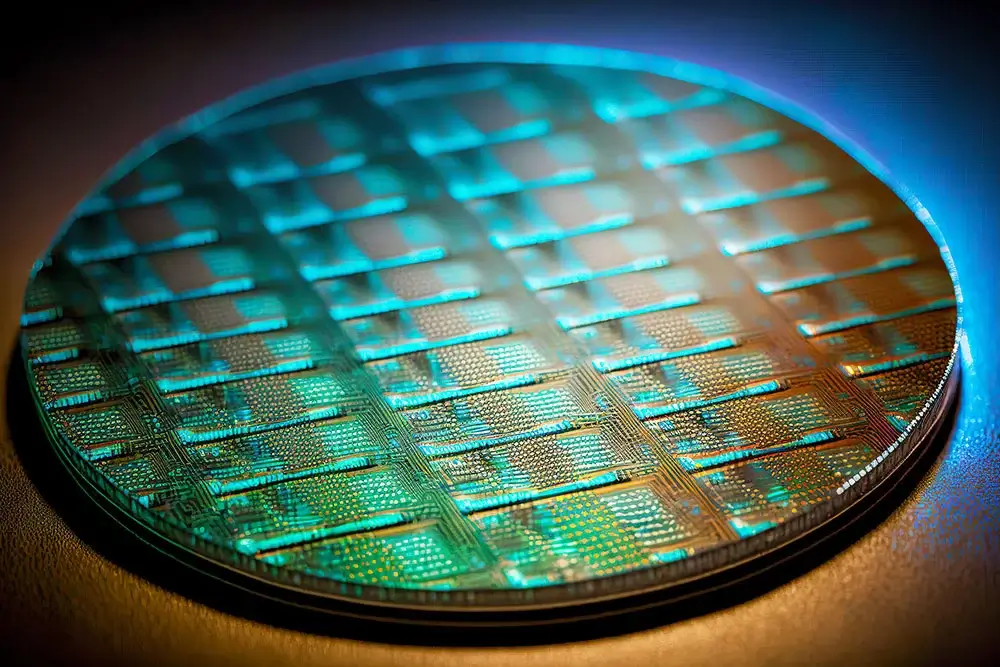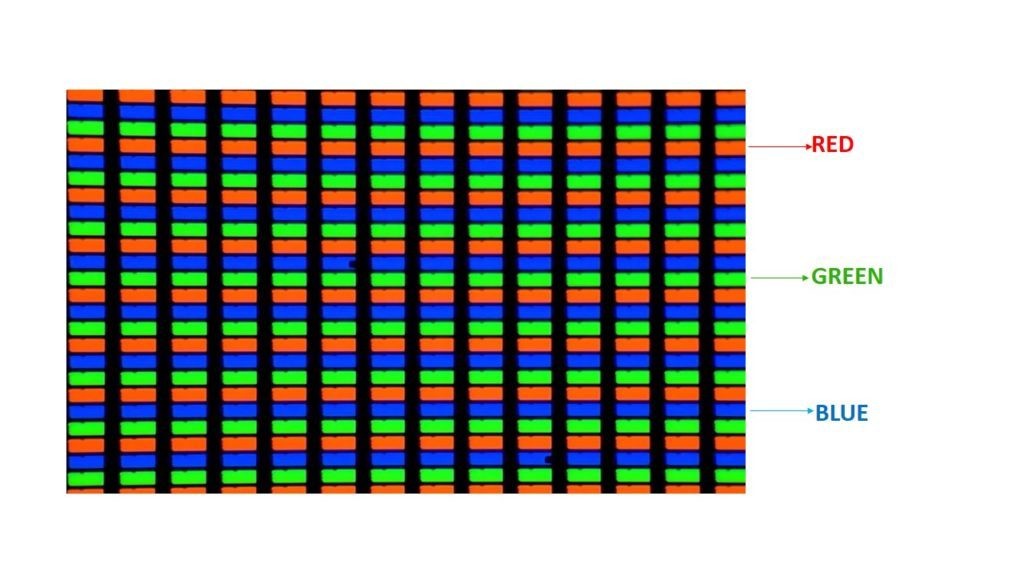The Essential Role of 0.1mm Zirconia Beads in Nanotechnology and Precision Grinding

Nanotechnology has emerged as a revolutionary force in modern manufacturing, enabling significant advancements across a wide range of industries. By manipulating materials at an atomic and molecular scale, nanotechnology offers the potential to create products with enhanced properties and capabilities. At the heart of many nanotechnology processes are particles with sizes less than 100 nanometers, which possess unique characteristics due to their high surface area and reactivity. In this context, 0.1mm zirconia beads play a crucial role in facilitating the creation of nanoparticles through efficient grinding and material refinement. This article will explore the essential role of 0.1mm zirconia beads in nanotechnology and precision grinding, highlighting their applications in various industries and their advantages over other grinding media.
A. Definition and Scope of Nanotechnology
Nanotechnology refers to the science and engineering of manipulating matter at the nanoscale, typically ranging from 1 to 100 nanometers. At this scale, materials exhibit unique properties such as high surface area-to-volume ratio, quantum effects, and enhanced reactivity. Nanotechnology has the potential to revolutionize numerous industries, including electronics, medicine, materials engineering, energy, and environmental science.
B. Characteristics of Nanoparticles
Nanoparticles possess several characteristics that distinguish them from larger particles. Due to their high surface area-to-volume ratio, nanoparticles have increased reactivity, which can lead to enhanced chemical and physical properties. For example, nanoparticles can exhibit improved catalytic activity, stronger magnetic properties, and enhanced optical effects. Additionally, nanoparticles can have unique electrical and thermal conductivity properties, making them useful in a variety of applications.
C. Methods for Creating Nanoparticles
There are two primary methods for creating nanoparticles: the condensation or "bottom-up" method and the dispersion or "top-down" method.
The bottom-up method allows for the creation of high-purity, uniform nanoparticles with controlled sizes and spherical shapes. However, this technique generally has limitations in production scale and can be time-consuming and expensive.
D. Importance of Fine Particles in Nanotechnology
Fine particles with sizes less than 100 nanometers are essential in nanotechnology due to their unique properties and applications. For example, in electronics, nanoparticles can be used to create high-performance semiconductors, capacitors, and batteries. In medicine, nanoparticles can be used for drug delivery, imaging, and diagnostics. In materials engineering, nanoparticles can be used to enhance the strength, durability, and functionality of materials. Additionally, fine particles can be used in environmental applications such as water purification and air filtration.

A. Properties of Zirconia Beads
Zirconia beads are commonly chosen for high-precision grinding due to their superior wear resistance, hardness, and ability to maintain particle uniformity. Zirconia is a ceramic material with a high melting point, chemical stability, and mechanical strength. Zirconia beads are available in various sizes, but 0.1mm beads are particularly suitable for nanoparticle grinding due to their small size and ability to efficiently grind down particles while minimizing contamination.
B. Advantages of 0.1mm Zirconia Beads
C. Comparison with Other Grinding Media
Compared to other grinding media such as glass beads, steel balls, and alumina beads, zirconia beads offer several advantages. Glass beads are relatively soft and can break down easily, leading to contamination and inconsistent grinding results. Steel balls can introduce metallic contaminants and are not suitable for grinding materials that are sensitive to magnetic fields. Alumina beads are harder than glass beads but less wear-resistant than zirconia beads. Zirconia beads, on the other hand, combine high hardness, wear resistance, and chemical stability, making them the ideal choice for nanoparticle grinding.

A. Ceramic Multilayer Capacitors (MLCCs)
B. Liquid Crystal Display (LCD) Pigment Production
C. Chemical Mechanical Polishing (CMP) for Semiconductor Wafers
A. High Wear Resistance
Zirconia beads offer exceptional durability, allowing them to withstand high grinding forces without breaking down. This is essential for prolonged usage in industrial settings, reducing the need for frequent replacement and minimizing downtime. The high wear resistance of zirconia beads also ensures consistent grinding results over time, improving the quality and reliability of the final product.
B. Minimal Contamination
The dense, stable composition of zirconia beads reduces the risk of contaminating the materials being ground. This is crucial for maintaining the purity of sensitive materials in industries like electronics and pharmaceuticals, where even trace amounts of contaminants can affect the performance and reliability of the final product. Zirconia beads are chemically inert and do not react with most materials, further reducing the risk of contamination.
C. Consistent Particle Distribution
Zirconia beads support uniform grinding, achieving precise particle sizes that meet the exacting requirements of applications in nanotechnology. The uniform particle distribution ensures consistent properties and performance of the final product, reducing the risk of defects and improving the reliability of the manufacturing process.
D. Reduced Energy Consumption
Due to their efficiency, zirconia beads minimize energy usage in grinding processes. This helps industries meet environmental standards and reduce costs by reducing energy consumption and greenhouse gas emissions. Additionally, the reduced energy consumption can lead to improved productivity and lower operating costs.
A. Pharmaceutical Industry
In the pharmaceutical industry, 0.1mm zirconia beads are used for creating uniform suspensions and fine powders of drugs. The precise grinding provided by zirconia beads helps ensure consistent particle sizes and dosages, improving the efficacy and safety of medications. Additionally, zirconia beads can be used in drug delivery systems, where they can help control the release of drugs and improve their bioavailability.
B. Paint Industry
In the paint industry, zirconia beads are used for grinding pigments and creating high-quality coatings. The uniform particle distribution achieved with zirconia beads helps improve the color stability, gloss, and durability of paints. Additionally, zirconia beads can be used in water-based paints to reduce the environmental impact of the coating process.
C. Other Industries
The utility of 0.1mm zirconia beads extends to other industries such as cosmetics, food processing, and environmental science. In cosmetics, zirconia beads can be used for grinding pigments and creating smooth, consistent textures. In food processing, zirconia beads can be used for grinding spices and creating fine powders. In environmental science, zirconia beads can be used for water purification and air filtration.
A. Summary of Key Points
0.1mm zirconia beads play a crucial role in advancing nanotechnology by enabling precise, contamination-free grinding necessary for the production of nanoparticles. Whether for high-quality LCD displays, reliable MLCCs, or polished semiconductor wafers, the role of zirconia beads in refining materials to nanoscale specifications cannot be overstated. The advantages of zirconia beads, including high wear resistance, minimal contamination, consistent particle distribution, and reduced energy consumption, make them the ideal choice for precision grinding in various industries.
B. Future Outlook for Zirconia Beads in Nanotechnology
As industries continue to push the boundaries of material science, the demand for high-performance zirconia beads in achieving ultra-fine particle sizes is only set to grow. The development of new applications and technologies will further expand the role of zirconia beads in nanotechnology, supporting the development of innovative products and processes that shape our world.
C. Contact Information for Sanxin New Materials Co., Ltd.
For industry inquiries and purchasing information, Sanxin New Materials Co., Ltd. offers specialized ceramic milling balls, nanopowders, and wear-resistant ceramics. Contact at WhatsApp: +86 19070858212 or sales@beadszirconia.com.

Submit your demand,
we will contact you ASAP.

Sanxin New Materials Co., Ltd. focus on producing and selling ceramic beads and parts such as grinding media, blasting beads, bearing ball, structure part, ceramic wear-resistant liners, Nanoparticles Nano Powder

